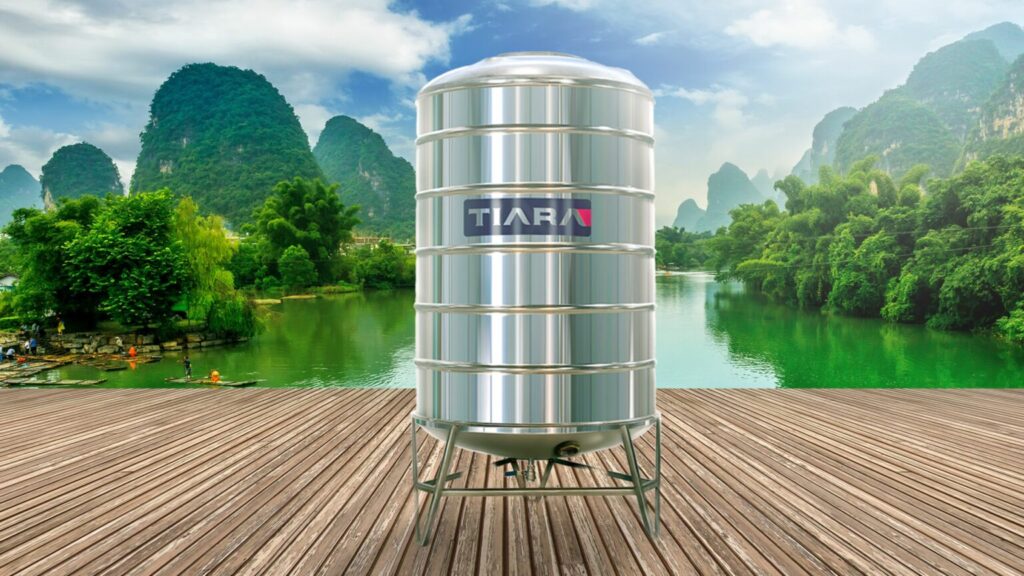
Managing water temperature is vital in many settings, from households to industrial operations, especially in hot climates where rising temperatures can compromise water quality and usability. Stainless steel tanks have emerged as an excellent solution for water storage, offering unique benefits in maintaining cooler water temperatures compared to other materials like plastic or concrete. Here’s how stainless steel tanks excel in water temperature control:
Thermal Reflectivity and Low Conductivity
One of the key features of stainless steel is its reflective surface, which deflects sunlight and heat rather than absorbing it. This helps to minimize the amount of heat transferred to the water inside the tank. Unlike plastic, which absorbs and retains heat, stainless steel remains relatively cool to the touch even in high temperatures.
Additionally, stainless steel has low thermal conductivity compared to materials like aluminum. This means it does not allow heat to pass through easily, offering natural insulation that helps maintain water temperature. This characteristic is particularly advantageous in regions with intense sunlight and high humidity.
Durability and Corrosion Resistance
Corrosion can impact the thermal properties and durability of water tanks. When rust or degradation occurs, it compromises the material’s structure and creates weak points that allow heat to infiltrate. Stainless steel, however, is inherently resistant to corrosion due to the presence of chromium, which forms a protective oxide layer on the surface. This not only ensures the tank’s structural integrity over time but also contributes to better temperature control.
By resisting rust and leaks, stainless steel tanks retain their ability to maintain cooler water for a longer time, reducing the need for frequent replacements or repairs.
Hygiene and Algae Prevention
Stainless steel is a non-porous material, which prevents the buildup of bacteria, algae, and other microorganisms that thrive in warm and moist environments. In plastic or concrete tanks, algae growth is common, especially when the tank is exposed to sunlight. This can increase water temperature, as algae absorb heat and darken the tank’s interior. Stainless steel eliminates this problem, ensuring not only cooler water but also better water quality.
Moreover, stainless steel does not leach chemicals or contaminants into the water, which is a risk with certain plastic tanks. This makes it a safer and more hygienic option for long-term water storage.
Environmental Benefits and Longevity
Stainless steel is a sustainable material that is fully recyclable at the end of its life cycle. Unlike plastic tanks, which may degrade over time and contribute to environmental pollution, stainless steel tanks are a greener alternative. Their longevity further reduces waste, as they can last for decades without significant wear or degradation.
Conclusion
Stainless steel tanks offer a powerful combination of durability, hygiene, and thermal efficiency, making them an ideal choice for maintaining cooler water temperatures. While they may come with a higher initial cost, their long-term benefits—such as reduced maintenance, enhanced water quality, and environmental sustainability—make them a worthwhile investment.
For those seeking a reliable, long-lasting solution to water storage, stainless steel proves to be a superior option. It not only keeps water cooler in challenging climates but also ensures that the stored water remains safe and uncontaminated.


